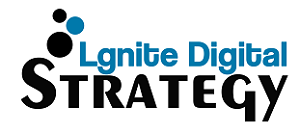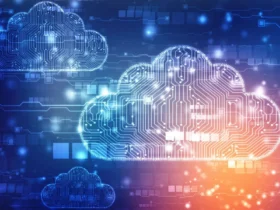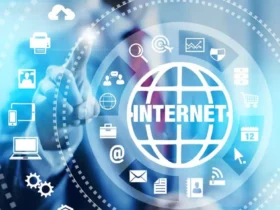Until now, the technologies, platforms and skills required to implement and leverage the principles of Industry 4.0 have been reserved for those companies that have the global footprint to support the cost of testing the related technologies. Now it’s time to make them accessible to manufacturing companies of all kinds, regardless of size and budget. But while the world is excitedly awaiting this development, the advancing triumph of technologies such as artificial intelligence (AI), IoT, analytics, robotics and 3D printing are already opening up new possibilities that suggest the dawn of another industrial revolution.
1. Video Streaming Services
Another popular use for video streaming services is on-demand content. On-demand content refers to videos that are available to watch at any time, without the need to wait for them to be scheduled. This is ideal for those who want to watch a particular video but do not have the time to do so when it is first aired.
Finally, video streaming services are also being used more and more for educational purposes. Many educational institutions are now using these services to provide lectures and other educational content to their students. This allows students to access this content at any time, from any location.
TikTok has become the biggest Video Platform. Creating content on TikTok is very trending and profitable in 2022. You can compete with big influencers, you just need to buy TikTok likes and start making content.
2. More effective human-machine collaboration thanks to enhanced intelligence
Industry 5.0 will usher in a new era of human-computer collaboration. The rise of digital technologies has led to widespread speculation about machines replacing human labor. The reality is far more positive: Machines are learning to collaborate with their human colleagues in ways never seen before. The concept of extended intelligence in particular is currently enjoying great popularity. Cognitive computer systems help users to make better decisions within a shorter period of time.
Another advantage: This also leads to fewer emissions during the planning phase.
As the machines used in the workplace become smarter and more connected, Industry 5.0 will encourage more collaborative operations and the automation of tasks and processes that are currently too complex to be managed with software alone.
Industry 5.0 will open up additional possibilities for customizing products.
3. Manufacturing-as-a-Service: from concept to reality
The increasing diversification and interconnectedness of supply chains via digital networks will trigger a new form of democratization, in which consumers take on the role of system integrators to create connections between complex manufacturing processes and create their own configurations at the push of a button.
With today’s e-commerce proposition, a platform that allows consumers to have products like kitchen utensils made to order is by no means a far-fetched notion. Here, all properties from A to Z – starting with colors and components through materials to dimensions and functions – can be individually adjusted. The technological innovations within the framework of Industry 5.0 promise to implement such manufacturing challenges in a matter of seconds. Customer orders could be sent directly to the appropriate devices and manufactured in a rush, while at the same time placing an order for next-day (or even same-day) delivery.








